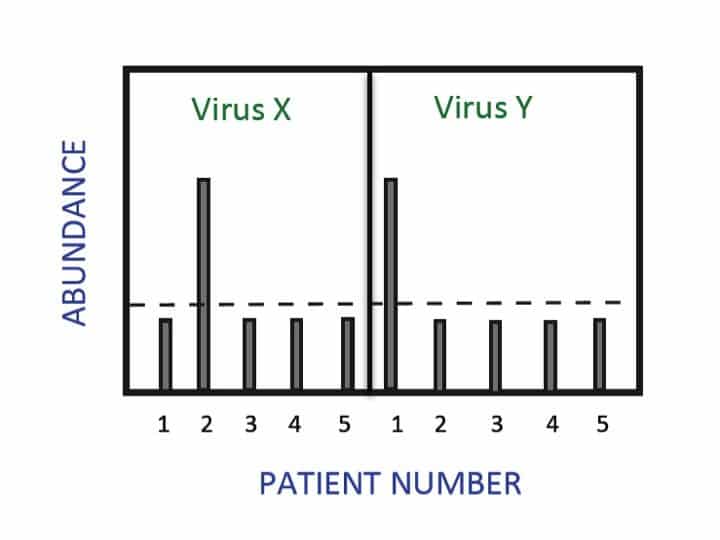In part I, I answered the question, “How do proteins in thermophiles survive under high temperatures?“
In this part, I’ll look look at how nucleic acids survive -thrive, even- in conditions that are too hot for most of us, but ideal for a number of organisms, including the one that gave us Taq polymerase and ultimately, PCR.
Proteins managed to adapt to high temperatures using a number of very small, simple chemical tweaks. Nucleic acids, it turns out, also survive using some small changes, but some novel molecular adaptations have occurred, too.
“Normal” DNA is denatured at high temperatures, whereupon the molecule loses its double helix structure and literally unzips into two separate strands.
How thermophiles avoid that denature DNA:
By not being a eukaryote
All thermophilic organisms are prokaryotes, or in the case of archaea, more prokaryotic than eukaryotic. No eukaryotic organism, with its accompanying internal membranes, nucleus, and organelles, has been found above 60°C. In fact, most thermophile genetic material resembles a plasmid.
By getting lots of K+
Salts like potassium and magnesium are found at higher levels in thermophilic archaea. These salts protect double-stranded DNA from phosphodiester bond degradation.
By generating novel polyamines
Working similarly to potassium and other salts, polyamines also protect against degradation. Studies on T. thermophilus revealed several novel polyamines, found only in thermophiles.
By making more reverse DNA gyrase
This enzyme catalyzes positive supercoiling of closed circular DNA. Positively supercoiled DNA appears to resist degradation more than negatively supercoiled DNA.
By using a primitive histone?
An interesting finding among thermophiles was the existence of histone-like proteins. They look a lot like eukaryotic histones; they wind DNA into tight structures that look like nucleosomes, and appear to keep DNA double-stranded at high temperatures. Tiny DNA-binding proteins, such as Sac7d found in archaea, bend DNA and increase its degradation temperatures. Molecules like Sac7d may represent the earliest stages of histone evolution.
How hot is enough?
How hot does it have to get to eliminate life? Obviously, life can exist above the earlier assumptions of 80°C. Some suggest 140-150°C, but undersea hydrothermal vent studies show evidence of prokaryotic existence in vents that have been recorded at 350°C! No evidence of oven mitts, though.
References:
Madigan, M.T. & Oren, A. (1999). Thermophilic and halophilic extremophiles. Current Opinion in Microbiology, 2, 265-269.
Terui, Y., et al. (2005). Stabilization of nucleic acids by unusual polyamines produced by an extreme thermophile, Thermus thermophilus. Biochem. J. 388, 427-433.
Grosjean, H. & Oshima, T. (2007). How nucleic acids cope with high temperatures. In Gerday, C. & Glansdorff, N., eds. Physiology and Biochemistry of Extremophiles. Washington, D.C.: ASM Press. 39-56.







